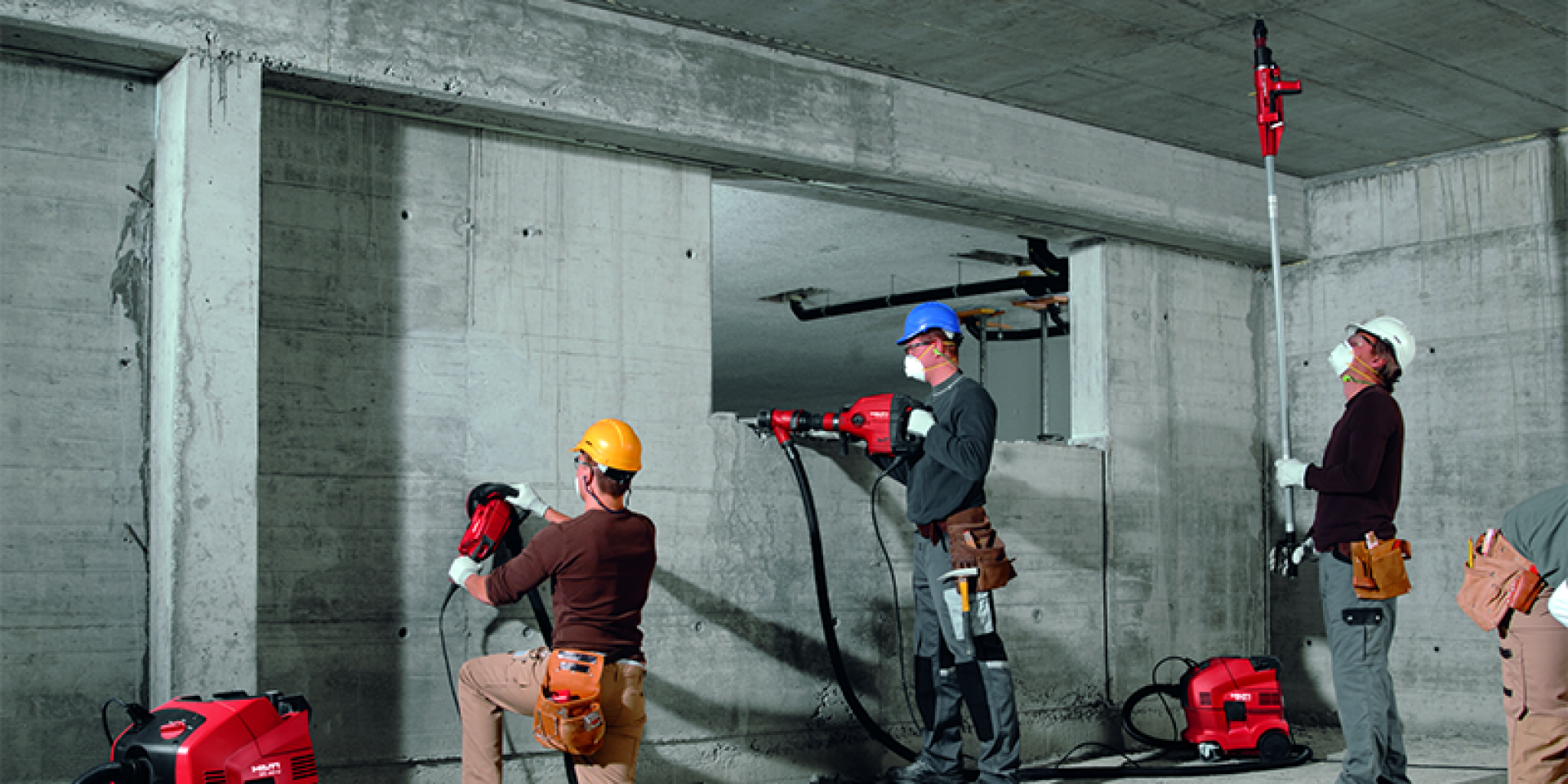Construction sites are dynamic environments where numerous activities can generate significant amounts of dust. This dust not only poses health risks to workers and nearby residents but can also negatively impact the environment. Effective dust suppression techniques are essential to mitigate these issues and ensure a safer, cleaner worksite.
The Problem of Construction Dust
Construction dust is a mixture of particles from materials such as soil, sand, concrete, and asbestos. When inhaled, these particles can cause respiratory issues, eye irritation, and other health problems. Additionally, dust can settle on nearby properties, affecting air quality and cleanliness.
Importance of Dust Suppression
Health Protection: Dust particles can lead to chronic respiratory conditions, including asthma and bronchitis, and even severe diseases like silicosis and lung cancer
Environmental Impact: Dust can contaminate local water supplies and damage vegetation, impacting local ecosystems.
Regulatory Compliance: Many regions have strict regulations regarding dust control on construction sites. Failure to comply can result in fines and project delays.
Community Relations: Minimizing dust helps maintain good relations with the surrounding community by reducing nuisance and potential health risks.
Effective Dust Suppression Techniques
Water Sprays: Regularly spraying water on dusty areas helps to keep particles from becoming airborne. This method is cost-effective and widely used.
Dust Suppressants: Chemical agents, such as polymers and surfactants, can be applied to bind dust particles together, preventing them from becoming airborne.
Vegetation and Mulching: Covering exposed soil with vegetation or mulch can significantly reduce dust generation. Plants help to stabilize the soil, while mulch acts as a protective layer.
Barriers and Windbreaks: Erecting physical barriers like fences or windbreaks can help to contain dust within the construction site, preventing it from spreading to surrounding areas.
Roadways and Pathways Maintenance: Regular cleaning and maintenance of on-site roadways and pathways help to minimize dust caused by vehicle movement.
Minimizing Disturbed Areas: Keeping the amount of exposed soil to a minimum and promptly covering completed sections can reduce the potential for dust generation.
Personal Protective Equipment (PPE): Providing workers with PPE such as masks and goggles helps protect them from inhaling or getting dust in their eyes.
Implementing effective dust suppression strategies is crucial for maintaining health and safety standards on construction sites. By adopting these practices, construction companies can protect their workers, comply with regulations, and foster positive relationships with the local community. Ultimately, proactive dust management leads to a safer and more efficient construction process.




